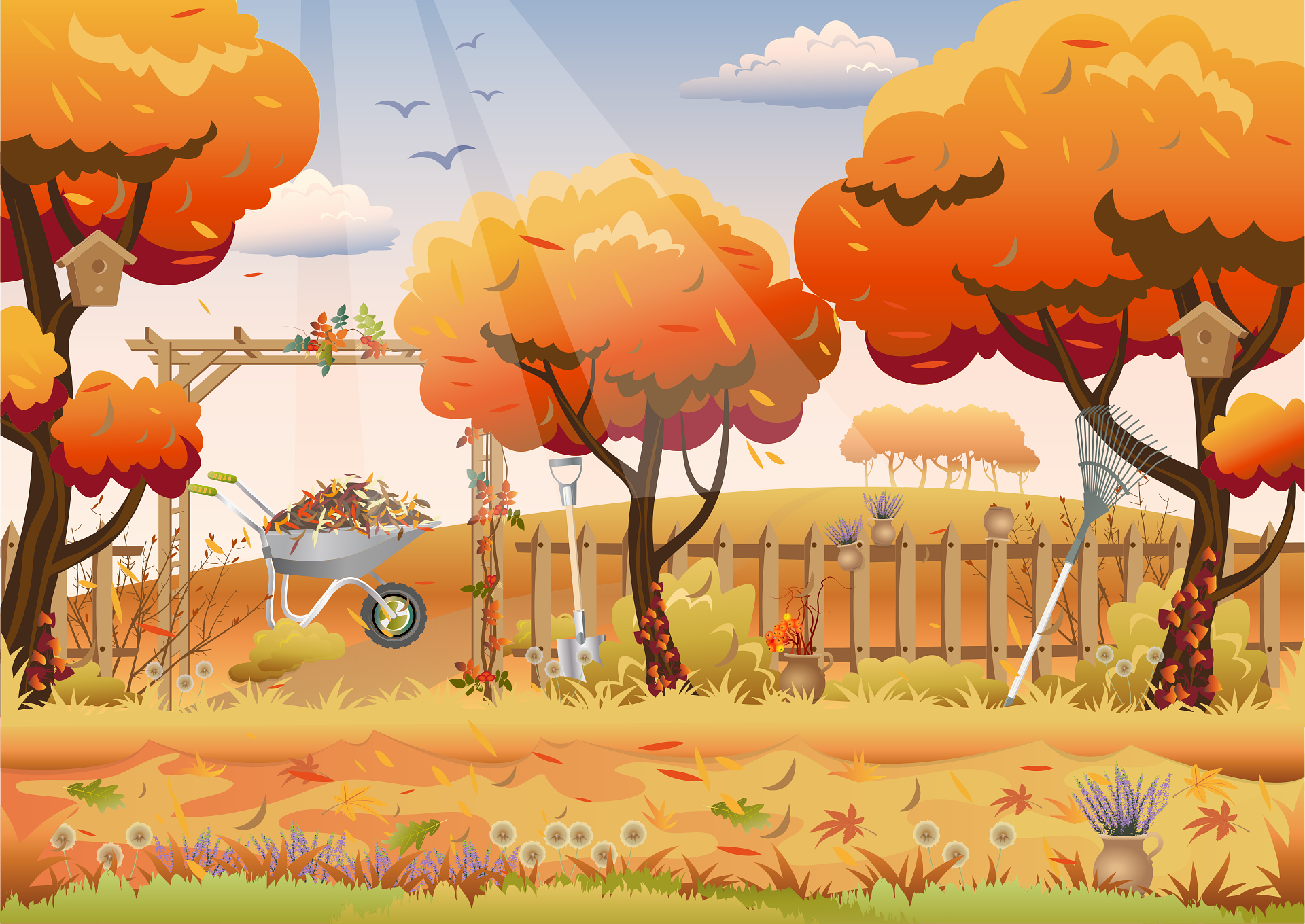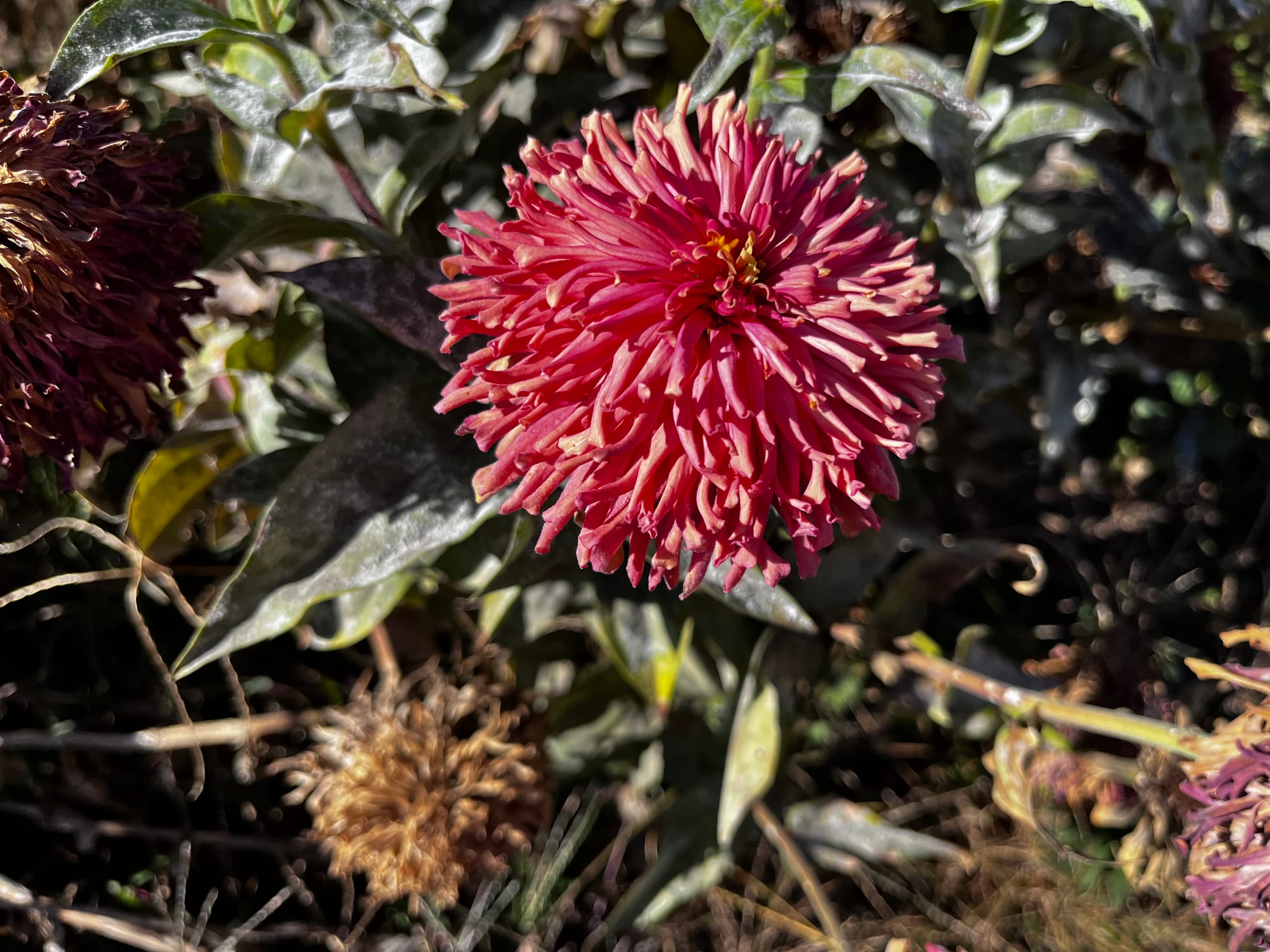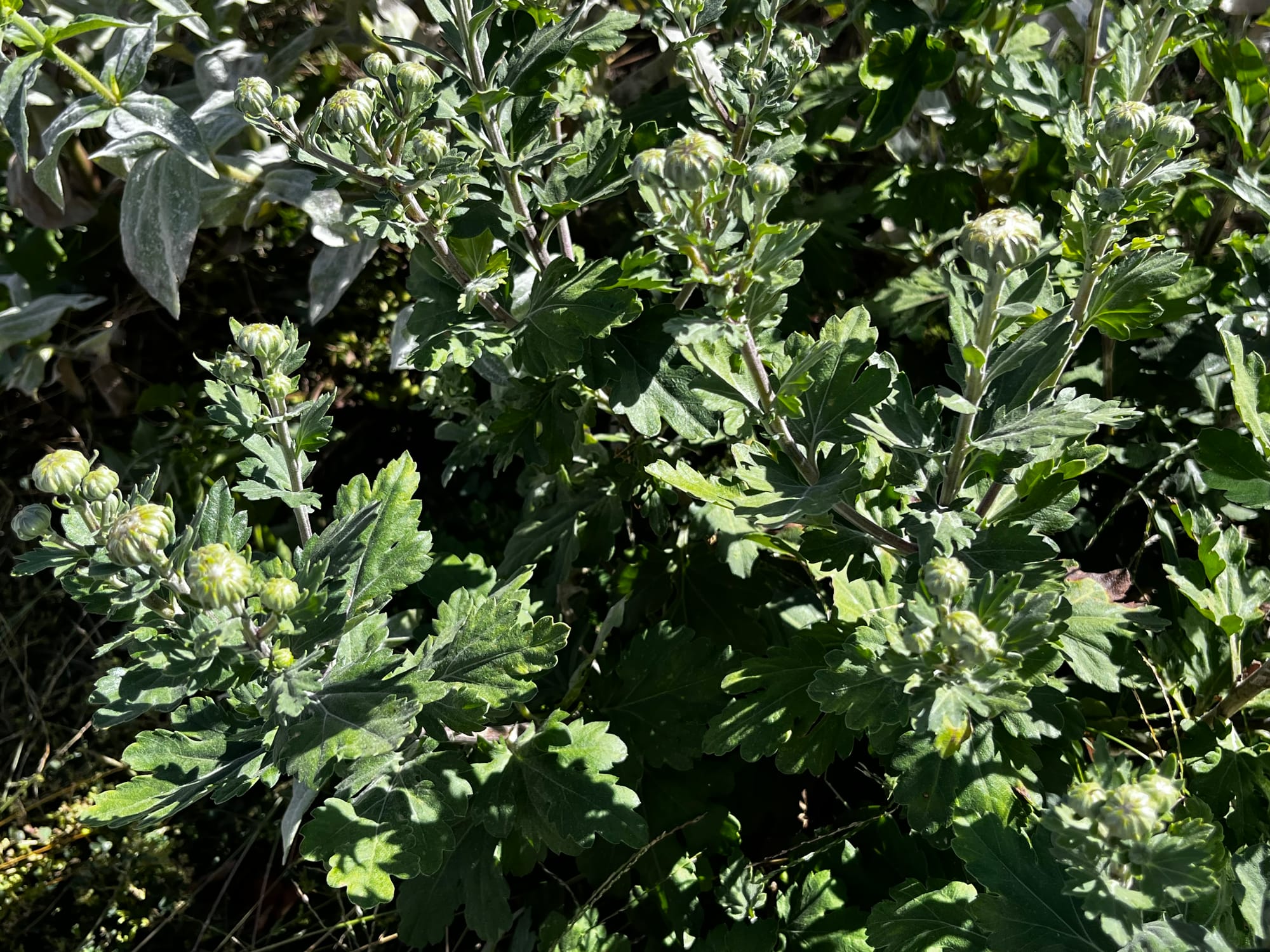As the Outdoor Growing Season Winds Down
Wrapping Up 2024 and Looking Towards 2025

When I moved from New Mexico to northwest Missouri in the spring of 2024, I was excited about all the things I could grow here that were impossible in the desert climate. There were clear advantages to a warmer climate with mild winters—like being able to leave my dahlias in the ground year-round.
However, the first year in a new climate can be a lesson in how reality measures up to ambitious gardening dreams. Some plants thrived, while others faced unexpected challenges. I had envisioned a cottage garden filled with large, cactus-style blooming dahlias, but by the time we had our first frost this week, only five of the dozens of varieties I originally planted had actually bloomed.
What I hadn’t anticipated was three to four months of relentless rain in the spring, which is far from ideal for dahlia tubers. Most of them ended up rotting in the ground. If I had known this could happen, I would have planted them in large pots or on raised beds where the excess water could drain away, rather than saturating the soil. That's what you call a setback. And all gardeners have those.

As I realized the extent of the problem and knew it was too late to save my dahlias, I began planting more cactus zinnias, knowing they could handle the extreme weather. Without that decision, the loss would have been even more disappointing. At least the zinnias gave me something to enjoy.
Most of the other flowers I planted from seed, apart from the zinnias, didn’t make it. It was a combination of the relentless rain and poor soil conditions. I was trying to develop a plot that was heavy clay, and there was just too much soil amending needed to support the dahlias, so I ended up cutting corners.
The big lesson I learned from growing from seed is to monitor them closely—daily or even hourly—until they are well-established in the ground. I also discovered the value of a "measured" approach to gardening. Starting small and building gradually can be more effective than rushing in full throttle.
I also learned that in-ground gardening is much more labor-intensive than using raised metal garden beds, which I had relied on for years. I had gotten a bit too comfortable with the convenience of custom, nutrient-rich soil and the ease of working at a higher elevation. Moving forward, I may adjust my approach by adding some garden beds for certain plants while continuing in-ground gardening for others. I might even incorporate a series of large pots. For instance, a rose bush doesn’t need the space of a raised bed since it thrives in the ground, whereas dahlias in tougher climates can benefit from the better drainage offered by raised beds. Of course, most people do just fine planting their dahlias directly in the ground—you just need to choose the right spot and provide the proper conditions.
I also had some pleasant surprises. Various bulbs, like gladiolas and lilies, thrived here, even though I had mixed results growing them in New Mexico. The medium-height and shorter gladiolas did especially well, while the taller varieties tended to look untidy and flop over. When you push the boundaries of what’s possible with a plant, you may encounter limitations in the hybridizing process. However, if you love the larger varieties, you can always stake them or plant them along a fence and tie them up as they grow. Still, the more compact varieties were true showstoppers, looking perfectly at home in the garden.
I discovered that daylilies are practically made for Missouri. It was obvious, given how they seem to grow everywhere, almost like the state’s unofficial flower. Even the more exotic specialty varieties thrived. Right now, daylilies are still in full bloom all over town, despite temperatures dropping to 29°F last night. If you have a "black thumb," this is a great plant to start with in colder climates. You can also find varieties that tolerate hot southern climates, especially when planted with some afternoon shade.

I had planned to grow several varieties of heirloom spider chrysanthemums, but only managed to bring a few to maturity. They're on the verge of blooming now, so there are still a few last hoorahs to look forward to.
As for my revised garden plans for 2025, I have several months to rethink my approach. I plan to dig up all the surviving dahlia tubers and restart them in the spring under more ideal conditions. I'll also move my daylily seedlings from pots to the ground. Zinnias will remain a staple, but hopefully, I won't need to rely on such a massive display next year.
I've already started organizing my indoor houseplants, which will likely include a mix of pelargoniums, African violets, streptocarpus, plumeria, and various other houseplants. The focus of the website will shift to houseplants during the winter, then transition back to outdoor gardening content in the spring.
© Copyright Terry Aley
The Aley Acres seed shop on Etsy.
Dahlias, Notes from a Gardener book on Amazon.
Floral Art and Landscape Painting Etsy shop.
TikTok, some gardening posts.
